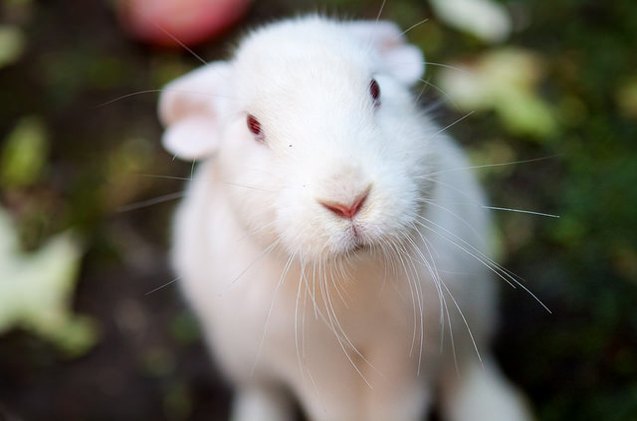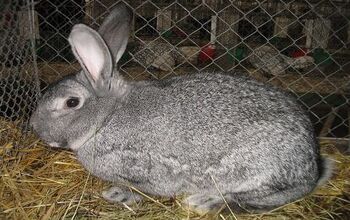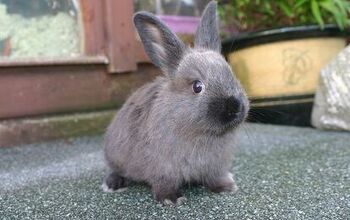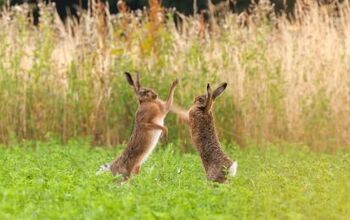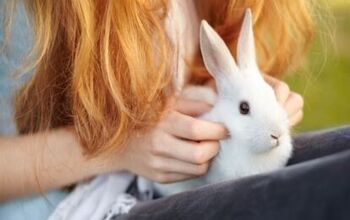American Rabbit


About American Rabbit
The American Rabbit was developed in 1917 by Lewis H. Salisbury of Pasadena, California. While he never said which breeds he used to develop the American rabbit, it is generally believes that he crossed a few blue European rabbits such as the Vienna, Blue Imperial, Flemish Giant and Beveren. Back in 1910, the American rabbit used to be called the “German Blue” and a second variety of this rabbit, the white, was added in 1925. The “German Blue” changed into “American” shortly after World War I.
After WWII, interest in this rabbit declined as commercial rabbit breeders sought to find a faster-growing rabbit, and those who wanted rabbits for show purposes wanted a smaller, cuter rabbit or one with interesting markings. Unfortunately, this breed became the rarest breed in the United States by the early 2000s with a mere 200 known to exist. Thankfully, the American Livestock Breeds Conservancy became aware of this problem and undertook measures to ensure the breed’s survival.
The American Rabbit comes with either a white or blue coat.
The American rabbit has a semi-arch body type, which means the top line of the body (when viewing them from the side) doesn’t immediately rise behind the ears but flattens and curves upward at the midsection. Their ears are rather narrow, proportional in length and tapered. They can weigh anywhere from 9-11 lbs. once fully grown, so they are a medium to large sized rabbit.
This bunny’s coat is known to be very attractive. Should you decide to have this rabbit as a pet, expect their fur to be soft, fine and have a silky texture to the touch. Both types of American rabbits (white and blue) have short, flyback fur (flyback means the coat will go back into place after being petted backwards).
To keep their coat dirt-free, make sure to groom your rabbit as necessary and under no circumstances should you give them a bath, as this stresses your rabbit out and can cause them to go into cardiac arrest. Bathing them also destroys many of the natural qualities for their fur. Don’t worry; rabbits are relatively clean creatures and can take care of their own bathing requirements.
When your American rabbit molts, be aware of how often you brush them. If they are only shedding a little bit, keep your brushing to a minimum. Be sure to increase the amount of brushings depending on how much they shed. Remember that like dogs, rabbits also have heavier shedding periods during particular times of the year.
The white American rabbit has white fur and red-colored eyes. The “Blue” American rabbit is a dark grey color.
Both types of American rabbits (white and blue) have short, flyback fur.
Most rabbits are immaculately clean, and since washing them is an absolute no-no, groom your bunny with a brush a few times a month to keep their fur in tip-top shape.
When it comes to buying an enclosure for your rabbit, you have quite a few options. You can opt to have an indoor rabbit cage or purchase a dog crate and add some nifty bunny-friendly modifications, which is great for apartment dwellers. If you have a little bit more room outdoors or even have your own fenced backyard, you can purchase or build your own rabbit hutch or even a rabbit shed! But whenever you have an outdoor enclosure for your rabbit, always be aware of outdoor temperatures, how much sun your rabbit is exposed to and if there are any local predators you should be wary of (racoons, birds, coyotes, etc).
Indoor rabbits will no doubt have a deep connection with their owner, especially if they take the time to play with their little hoppers. Rabbits benefit from having lots of both indoor and outdoor playtime to stretch their legs and have a great time with their human friends. Many rabbits have different places they like to be petted, however most enjoy being stroked on their cheeks and forehead. If your rabbit likes this, they will more than likely put their head on the ground and close their eyes blissfully!
In terms of food, rabbits will enjoy a diet comprised mostly of pellets and hay (about 70 percent). Adult rabbits will eat about 1/4 cup of high-fiber pellets every day for every 5 pounds they weigh. They also enjoy fresh fruits and vegetables including carrots, watercress, red or green lettuce, celery, mango, pear, peach, and much more.
If you wish to have your doe spayed, you can do so as soon as they are four months of age. Most veterinarians prefer to wait until they are 6 months old as the older they are, the less risk there is on the operating table. Bucks can be neutered as young as 3 1/2 months of age.
The breed is not at-risk for any particular health problems, but bunnies (both domestic and commercial) are always susceptible to a number of health issues. This includes snuffles, hairballs, uterine tumors, calicivirus, myxomatosis, and overgrown teeth. The latter is completely preventable. Usually, rabbits who have a high-fiber diet of hay won’t have this issue, as their teeth wear down from chewing on this harsh food. If you find your rabbit’s teeth seem to be growing a little faster than they are wearing down, providing straw or wicker mats, rabbit-safe blocks of wood, or straw baskets are a great way for them to have fun and wear their teeth down.
Most American rabbits are rather docile with some just barely sipping into the “lazy” side of the scale.
This breed was mostly used for commercial meat and fur purposes back in the 1900s and less of a pet. This means you can expect it to be calm, docile, and have an easy-going attitude even around humans.
Depending on whether or not they were raised in close proximity to humans or always near their litter mates, they may be a little skittish around people, especially those with smaller hands and aren’t really sure of how to approach them. It is for that reason that this rabbit is not completely recommended for families with younger children, as the rabbit can suddenly become scared and defend itself by nipping at the person’s hand. While an adult will understand it was simply instinct, a child won’t be so quick to forgive. It’s all in the way and the environment in which they were raised.
Some bunnies are full of energy and love to hop about for hours on end in a backyard. Most American rabbits are rather docile with some just barely sipping into the “lazy” side of the scale. If you’re looking for a companion bunny who loves to hang out, this guy is definitely for you.
Photo credit: James Morley/Flickr; Valentina Yachichurova/Flickr

More by Diana Faria



